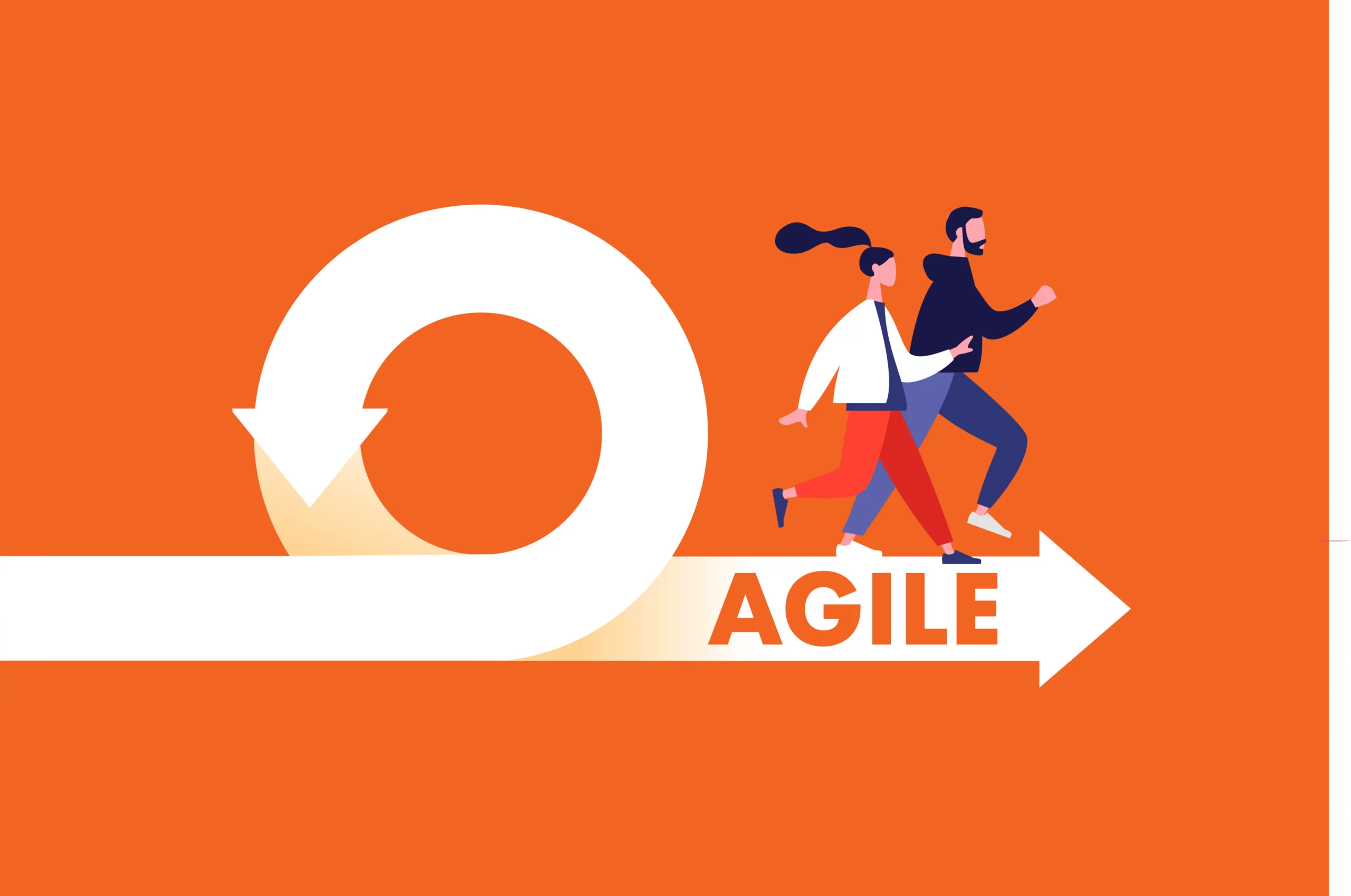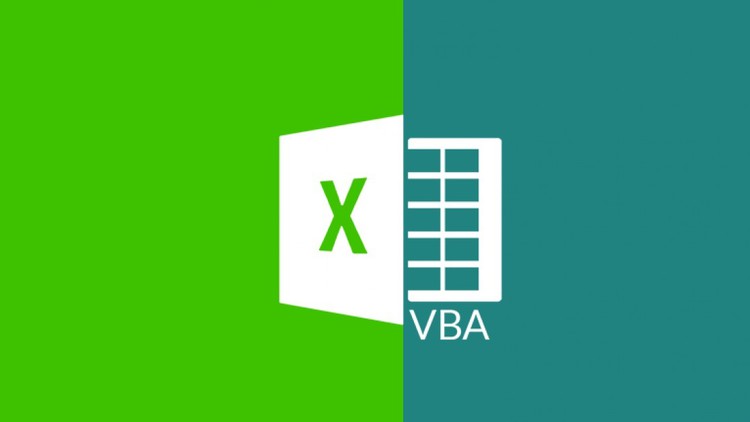Description
Introduction of SAFe Agile Framewor
SAFe® (Scaled Agile Framework) is a set of principles and practices that enable organizations to scale Agile methodologies across large enterprises. It provides a framework for aligning development teams, stakeholders, and business goals, ensuring that Agile practices are applied efficiently at all levels of the organization. SAFe® Agile combines principles from Agile, Lean, and product development flow to create a streamlined process that helps organizations deliver high-quality products faster, with better coordination across various departments. It emphasizes collaboration, continuous improvement, and delivering value at every stage of the development lifecycle.
Prerequisites
- Basic Knowledge of Agile
- Understanding of Agile concepts, such as Scrum and Kanban.
- Familiarity with Agile roles like Scrum Master, Product Owner, and Team Members.
- Leadership Support
- The implementation of SAFe® requires strong leadership commitment and support to facilitate the necessary organizational change.
- Team Involvement
- Teams should have experience working with iterative and incremental development processes.
- Understanding of cross-functional team collaboration.
- Tools and Infrastructure
- Familiarity with Agile project management tools (e.g., Jira, VersionOne) for planning, tracking, and collaboration.
TABLE OF CONTENT
1: Introduction to Agile
1.1 Overview of Agile
1.2 Principles of the Agile Manifesto
1.3 Agile Values and Principles
1.4 Agile Methodologies
2: Introduction to SAFe (Scaled Agile Framework)
2.1 Understanding SAFe
2.2 Key Concepts of SAFe
2.3 SAFe Principles
2.4 SAFe Roles and Responsibilities
3: SAFe Agile Teams
3.1 Forming Agile Teams
3.2 Roles within Agile Teams
3.3 Team Collaboration in SAFe
3.4 Agile Planning and Execution
4: SAFe Agile Release Train
4.1 Introduction to Agile Release Train (ART)
4.2 ART Structure and Roles
4.3 PI (Program Increment) Planning
4.4 Coordination and Communication in ART
5: SAFe Agile Portfolio
5.1 Portfolio Management in SAFe
5.2 Strategy and Investment Funding
5.3 Lean-Agile Budgeting
5.4 Portfolio Governance
6: Lean-Agile Leadership
6.1 Leadership in SAFe
6.2 Lean-Agile Mindset
6.3 Leading by Example
6.4 Implementing Change with Lean-Agile Principles
7: Continuous Delivery and DevOps
7.1 Continuous Delivery and Continuous Integration
7.2 DevOps Principles in SAFe
7.3 Building a DevOps Culture(Ref: Git for DevOps Engineers for Source Code Management)
7.4 Automation and Release on Demand
8: SAFe Scaling Patterns
8.1 Essential SAFe
8.2 Large Solution SAFe
8.3 Portfolio SAFe
8.4 Full SAFe
9: Implementing SAFe
9.1 SAFe Implementation Roadmap
9.2 Key Steps in Implementing SAFe
9.3 Measuring and Sustaining Progress
9.4 Inspect and Adapt
Conclusion
SAFe Agile Framework provides a comprehensive approach to scaling Agile across large organizations, focusing on alignment, collaboration, and continuous improvement. It addresses the complexities of managing multiple teams and programs while ensuring that business goals and customer value are prioritized. Through its structured approach, SAFe® enables organizations to adopt Agile practices at scale, delivering high-quality solutions faster and more efficiently. Implementing SAFe® requires strong leadership, dedicated teams, and a commitment to Agile principles, but the results can significantly enhance the organization’s ability to innovate and respond to market demands.







Reviews
There are no reviews yet.